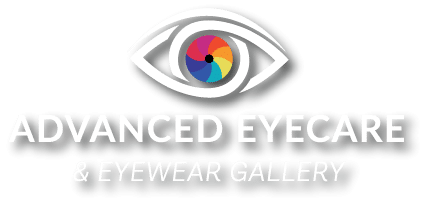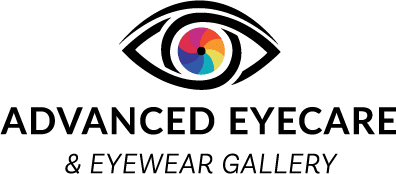For everyone, there’s that moment when you realize the menu is not coming into focus like it should. It’s a rude awakening when age starts affecting your eyesight. But there is good news: regular eye exams can help you avoid serious age-related eye diseases.
Here are 10 signs that your eyes are aging:
1. Trouble Reading Fine Print
One of the most common and aggravating signs of aging eyes, commonly known as near sightedness, is technically called presbyopia. Prescription reading glasses are the traditional cure. However, advancements in contact lenses and even eye drops give aging eyes more options.
2. Difficulty Seeing At Night
For older adults, difficulty seeing at night could just be that their eyes take longer to adjust and focus. It is, however, one of the most common signs of macular degeneration, a serious eye disease that affects the central area of the retina.
3. Increased Dry Eye
Older people tend to produce fewer tears – especially older women who have been through menopause. New products and procedures have made it possible for Dr. Turk and his staff to offer patients more relief from dry eye than ever before.
4. Color Appearances Changing
Older patients may notice that their vision is beginning to appear cloudy and the way they see color is changing. This can be a sign of developing cataracts. Cataract screening is a part of the regular eye exam procedure at Advanced Eyecare.
5. Loss of Side Vision
One of the early signs of glaucoma is loss of peripheral vision. While glaucoma can affect people at any age, it is much more likely in older patients. Early detection is the key to successfully treating glaucoma, so Dr. Turk recommends regular screenings.
6. Glare Sensitivity
Light sensitivity is a common symptom older people experience. It could be from natural causes like degraded photoreceptors, decreased light-sensing cones or shrinking pupil size. However, it could also be an indicator of cataracts, corneal disease, or other serious disorders.
7. Objects Blending into Background
Often, as we age, it gets harder to distinguish items from backgrounds of a similar color. For example, tea in a dark cup, or a white blanket on a white couch. Correctly refracted glasses and contacts can help.
8. Spots and Floaters
Floaters appear as specks, dots or cobwebs in your field of vision. They look like something outside your eye, when in actuality a floater is inside. Older people are more likely to get eye floaters because of normal changes in the vitreous, the jelly-like material that fills the eye.
9. Flashes of Light
Occasional flashes of light are often a sign of vitreous rubs or pulls on the retina. While these can be a benign symptom of aging, they can also be a serious symptom of diabetic retinopathy, retinal detachment and more. Call the office if you experience a sudden increase in flashes.
10. Seeing People for Who They Truly Are
Getting older isn’t all bad news for your eyes. As we get older, we also see at a deeper level what is truly important in life. We can see through the facades of what the world says is important and see people for who they are.
Advanced Eyecare is home to some of the most advanced screening and detection equipment in Northeast Alabama. Schedule an annual eye exam by calling 256-593-4141.

